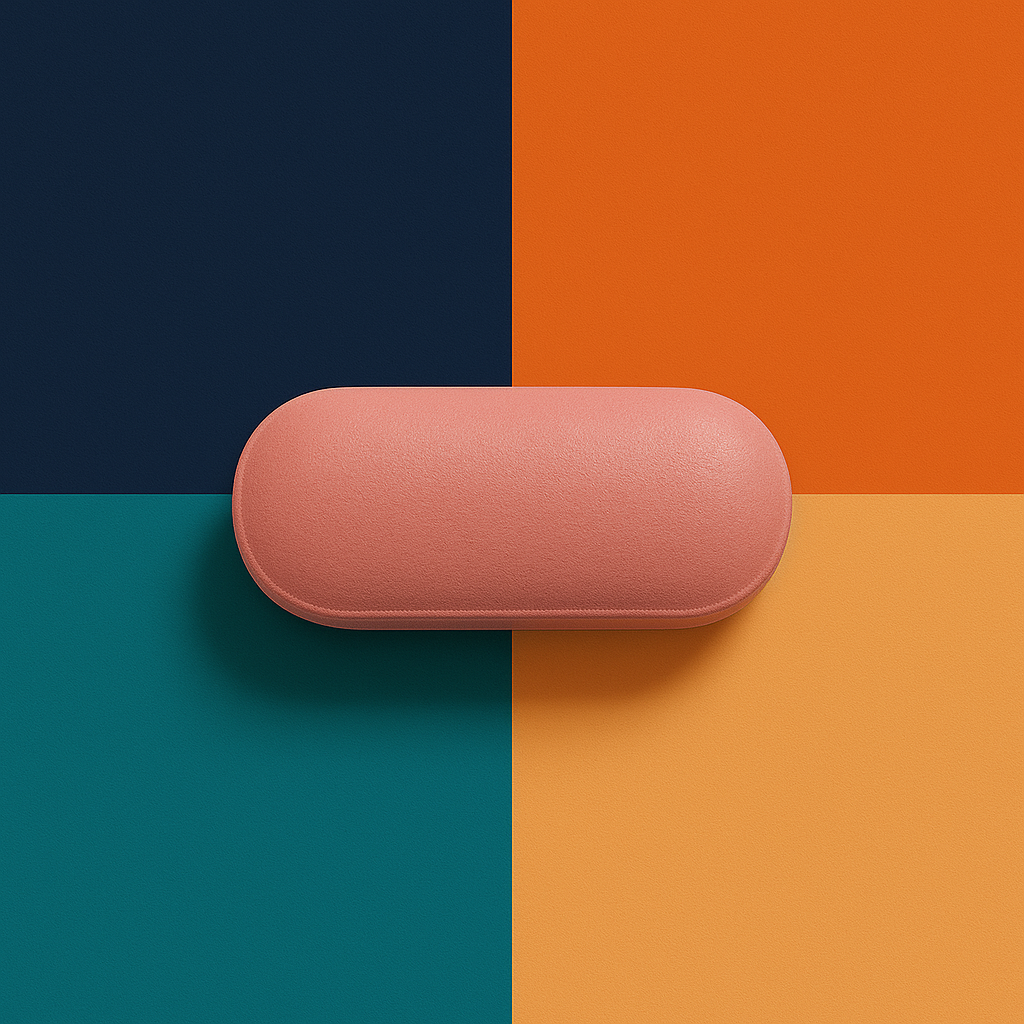


What is fexofenadine?
Fexofenadine is used to relieve the allergy symptoms of seasonal allergic rhinitis (“hay fever”), including runny nose; sneezing; red, itchy, or watery eyes; or itching of the nose, throat, or roof of the mouth in adults and children 2 years of age and older. It is also used to relieve symptoms of urticaria (hives; red, itchy raised areas of the skin), including itching and rash in adults and children 6 months of age and older. Fexofenadine is in a class of medications called antihistamines. It works by blocking the effects of histamine, a substance in the body that causes allergy symptoms.
How should this medicine be used?
Fexofenadine comes as a tablet and a suspension (liquid) to take by mouth. It is usually taken with water once or twice a day. Fexofenadine will work better if it is not taken with fruit juices such as orange, grapefruit, or apple juice. Take fexofenadine at around the same time (s) every day. Follow the directions on your prescription label carefully, and ask your doctor or pharmacist to explain any part you don't understand. Take fexofenadine exactly as directed. Do not take more or less of it or take it more often than prescribed by your doctor.
Fexofenadine controls the symptoms of seasonal allergic rhinitis and urticaria but does not cure these conditions. Continue to take fexofenadine even if you feel well and are not experiencing these symptoms. If you wait too long between doses, your symptoms may become worse.
Shake the suspension well before each use to mix the medication evenly.
What special precautions should I follow?
Before taking fexofenadine,
What side effects can this medication cause?
Fexofenadine may cause side effects. Tell your doctor if any of these symptoms are severe or do not go away:
Some side effects can be serious. If you experience any of these symptoms, call your doctor immediately:
Fexofenadine may cause other side effects. Call your doctor if you have any unusual problems while taking this medication.
If you experience a serious side effect, you or your doctor may send a report to the Food and Drug Administration's (FDA) MedWatch Adverse Event Reporting program online (https://www.fda.gov/Safety/MedWatch) or by phone (1-800-332-1088).
In case of emergency/overdose
In case of overdose, call the poison control helpline at 1-800-222-1222. Information is also available online at https://www.poisonhelp.org/help. If the victim has collapsed, had a seizure, has trouble breathing, or can't be awakened, immediately call emergency services at 911.
Symptoms of overdose may include:
🔗 Reference: https://medlineplus.gov/druginfo/meds/a697035.html